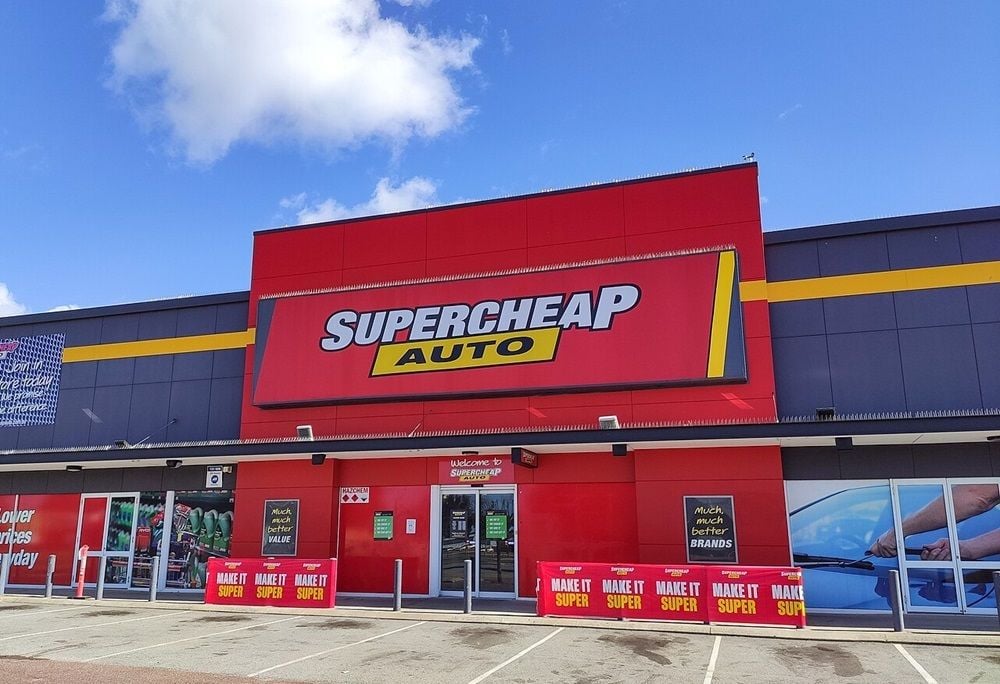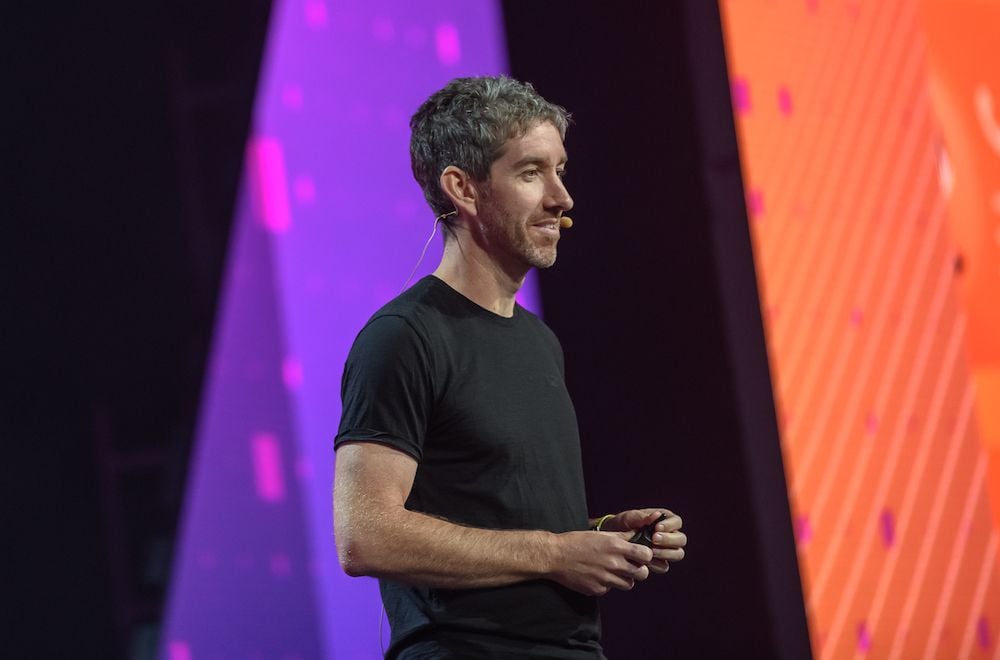With $150 million in capital raised to date and commercial operations in full swing to boost the carbon capture of Australian farms, Orange-headquartered Loam Bio has kicked off 2023 with its official launch in the USA where farmers across six states will start larger-scale pilot programs with the technology.
Loam Bio was founded in 2019 to apply the work of University of Sydney Professor Peter McGee, who had examined the role microbes play in the functional role of carbon sequestration in the soil, pinpointing the most stable ways for plants to take carbon out of the atmosphere for storage in the ground.
Since then, and with investment from a range of backers including Lowercarbon Capital, Wollemi Capital, Main Sequence, Grok, the Clean Energy Finance Corporation (CEFC) and many more, Loam Bio has built two research and development (R&D) hubs in Australia and the US, and run hundreds of field trials in both countries in addition to Canada and Brazil.
The company now has 130 'Loamies', a large portion of whom are based in the regional NSW headquarters. The global team includes 25 post-doctoral researchers and it plans to hire 19 more staff members in the near future, predominantly in commercial roles.
Loam Bio co-founder and chief operating officer Tegan Nock says the company 'matches the right organism to the right crop species', and in Australia this has not only increased carbon capture in the year of application but has also to consistent yield increases in the crops concerned with a positive impact on long-term soil health.
"Loam takes the approach that we’re really looking at impact hectares; the hectares where there is a large enough total addressable surface area that we can have an impact when it comes to carbon capture," says Nock, who co-founded Loam Bio alongside Mick Wettenhall, Guy Webb and Guy Hudson.
"We target broadacre farming where there’s a manual application every year, and within broadacre farming we target the crops that represent the largest proportion of farm rotations, so in Australia it's wheat, barley and canola, and in the US it's soy and corn.
"We stay away in these early days from some of the smaller crops and really look at how we can service as much land area as possible to be able to have that impact."
Nock says that in 2021 Loam ran 1,500 hectares worth of piloting of its CarbonBuilder technology around Australia, and in 2023 that figure increased to 10,000 hectares.
"It's just been scaling from there. There’s been fairly extensive on-farm trialling, as well as a lot of our deep mechanistic studies with our academic partners," she says, noting such partnerships include Australian National University, the University of Queensland, Western Sydney University, and California's Lawrence Livermore National Laboratory.
"We’re completely commercial in Australia right now. We've got farmers that are Loam growers and have been using CarbonBuilder for multiple years.
"We've actually been running our pilot program right through to our SecondCrop program - that's where we're having a whole-farm application and measuring the increasing carbon."
Nock says 2024 will be the first year with US farmers utilising the technology on a commercial scale. The company's senior vice president of US commercial operations, Kevin Hodges, says the country has an addressable market of roughly 180 million acres (73 million hectares) for its current target crops of corn and soy.
In comparison, Nock says Loam Bio is targeting 55 million acres (22 million hectares) in Australia, so there is a major opportunity for growth. In parallel to its field trials, there is also large-scale fermentation work being undertaken in US factories to ensure there is sufficient supply to meet demand.
Hodges says discussions with US farmers have been centred on how to implement Loam Bio's fungi-based technology in a way that can both sequester additional carbon and be easily adopted.
"Farmers have to cover a large amount of area in a very quick amount of time, so what we utilise is a flowable planter box treatment. It's typically powder - in this case a graphite talc powder in the United States - which is half of it, and the other half is the CarbonBuilder technology, our dark septate endophytic fungi," Hodges explains.
"What the farmer does is he or she takes that pouch out while they’re planting the crop, they rip that pouch open, they put it in the drill box or the planter, and that dry flowable powder attaches itself to the seed, which attaches the carbon builder technology to the seed.
"Once it gets in the soil, it’s active and reproducing and doing the things that it needs to do while the crop is growing."
Hodges also describes the SecondCrop program as really exciting, giving farmers a 'refreshing' look at how to make extra revenue in carbon markets.
Unlike in Australia, US trials have so far only demonstrated yield parity for CarbonBuilder, but Hodges believes the soil health benefits of the biological technology will have a longer-term impact on nutrient uptake, better water infiltration and potentially higher yields over time but 'that may take three to five years'.
The US launch is focused on the six Upper Midwest states of North Dakota, South Dakota, Nebraska, Iowa, Minnesota and Wisconsin.
"We're not limited to sell in those areas but that's where we'll focus on and then we'll expand from there - the next year we’ll go to Kansas, Missouri, Illinois, Indiana, Ohio and Michigan and we’ll keep expanding from there," Hodges says, noting the focus will first be on corn and soy before following that up with wheat, much as the latter has trailled pilots of barley and canola here on the other side of the Pacific.
Nock adds that the US has more of a voluntary market when it comes to carbon compared to Australia where there is a compliance market structure under the Clean Energy Regulator.
She emphasises the US team is scaling up quite significantly, while the Australian team is also highly active commercially and in terms of research.
"While $150 million is a lot, there is a lot of investment that we put into our R&D program - multi-million dollars to be able to get out each individual product for each individual crop," she says.
"Our largest office is in Orange – we have the majority of our team in Orange, and there’s well over 50 team members here now, so we’ve definitely been a big one for regional employment.
"We have roles at the moment listed in regional areas that are remote to be able to have the eastern seaboard in Australia covered."
Get our daily business news
Sign up to our free email news updates.

)
)
)
)
)
)

